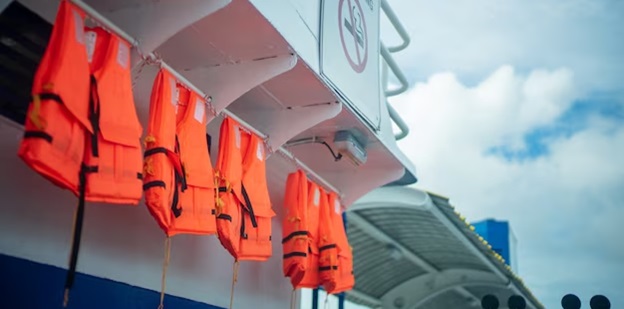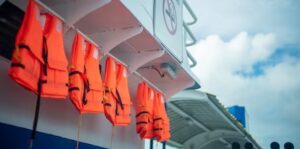Engaging in maritime activities, whether for recreation, fishing, or commercial purposes, demands a profound understanding of marine safety equipment. Beyond the aesthetics of sailing or the thrill of fishing, the paramount concern is the safety of individuals navigating the seas. Marine safety equipment encompasses a broad spectrum of tools and devices, from life vests to emergency communication systems and specialized rescue boats. This article aims to shed light on the definition, types, importance, and regulations surrounding marine safety equipment, emphasizing its pivotal role in averting crises on the water.
Definition of Marine Safety Equipment
Marine safety equipment is a diverse array of devices strategically positioned onboard vessels to safeguard the crew and passengers. Its significance extends to vessels of all sizes and purposes, ensuring preparedness for emergencies such as fires, storms, collisions, groundings, and other potential hazards at sea. The catalogue of marine safety equipment includes life rafts, inflatable life vests, firefighting gear, distress signals, navigational aids, emergency radios, first aid kits, immersion suits, navigation lights, searchlights, anchors, fenders, anchor chains, radar reflectors, bilge pumps. Compliance with national regulations regarding the mandatory carriage of specific safety equipment is crucial for all captains. Keep reading here https://buynav.com/collections/safety-equipment.
Types of Marine Safety Equipment
Life jackets stand out as indispensable components of marine safety gear, available in various styles, including inflatable and foam variants. The selection of a life jacket is contingent on the intended use and buoyancy requirements. Fire extinguishers, classified based on their intended use, are vital for suppressing onboard fires or addressing engine room fire hazards. Navigational aids like compasses and GPS systems, emergency signalling devices such as flares, and communication systems contribute to comprehensive marine safety measures.
Importance of Marine Safety Equipment
The importance of marine safety equipment cannot be overstated. For both seasoned mariners and recreational boaters, possessing the right safety equipment is the linchpin differentiating between a pleasurable outing and a potential tragedy. Life jackets, serving as a prime example, provide buoyancy in emergencies such as vessel capsizing or individuals falling overboard. Coast Guard regulations mandating the presence of one life jacket per person on a vessel underscore the gravity of this safety measure.
Regulations for Marine Safety Equipment
With the surge in maritime activities, regulations dictate the mandatory inclusion of specific marine safety equipment for waterborne ventures. The United States Coast Guard, for instance, mandates the wearing of Type I, II, III, or V personal flotation devices (PFDs) at all times while underway. The distinctions among these types cater to varying buoyancy needs and activities, ranging from offshore sailing to general boating or recreational pursuits. The amalgamation of types in Type V PFDs underscores the adaptability of safety measures based on specific activities and environmental considerations.
Conclusion
In conclusion, the incorporation of marine safety equipment into a boater’s toolkit is non-negotiable. It is the linchpin that guarantees a secure and enjoyable experience on the water. From life jackets providing buoyancy to distress signals ensuring communication in emergencies, the right marine safety equipment is the cornerstone for safeguarding everyone onboard. A commitment to adhering to safety regulations further enhances the overall safety net, ensuring that each maritime excursion culminates with all individuals safe and sound.










